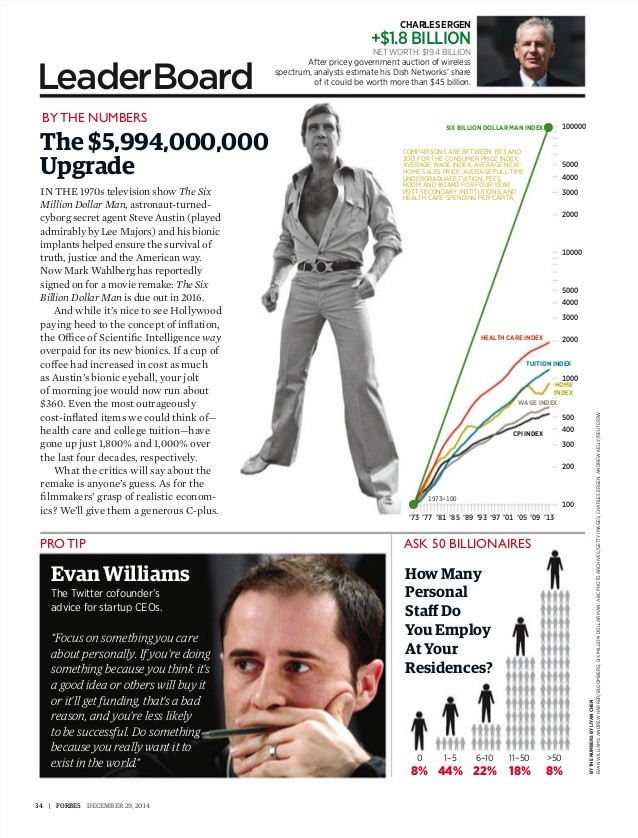ETF Investing Strategy Perfected
Post on: 30 Март, 2015 No Comment

An ETF investing strategy can sound like heavy lifting, something best left to a pricey money manager. But the facts are simple: You can learn and put into play a great ETF investing strategy with no finance background at all — if you are willing to be disciplined about it.
Consider this tale from the great Burton Malkiel, author of the investing classic A Random Walk Down Wall Street. Malkiel often tells the story of the economics student and his professor taking a walk.
The student spies a $20 bill in the street and points it out. To which the learned professor comments, Nonsense, if it were a real $20, it wouldnt be there.
Sounds crazy, but theres something to the idea. How often do you see a $20 floating around in the breeze? Malkiels point is simple: If an inefficiency in the market is real, it doesnt last long. By the time you spot the opportunity, the market will have erased it from existence.
We have often pondered this problem of theoretical inefficiencies that nobody sees. Even if one is real, we assume it to be small, short-lived or that it requires enormously high-risk leverage to make it profitable. It would be nearly impossible as an ETF investing strategy.
Now, from a recent story in The New York Times . we learn of a very, very large arbitraging opportunity, one that some firms spent big to exploit and which, predictably, is slamming shut. Its high-frequency trading:
Profits from high-speed trading in American stocks are on track to be, at most, $1.25 billion this year, down 35 percent from last year and 74 percent lower than the peak of about $4.9 billion in 2009, according to estimates from the brokerage firm Rosenblatt Securities. By comparison, Wells Fargo and JPMorgan Chase each earned more in the last quarter than the high-speed trading industry will earn this year.
While no official data is kept on employment at the high-speed firms, interviews with more than a dozen industry participants suggest that firms large and small have been cutting staff, and in some cases have shut down.
It must have been exciting to have been among the first few geeks who spent those long nights coding a way to buzz the markets for profits. Even if you were somewhat late to the game, watching your smarts rack up cash must have been exhilarating.
Unfortunately, even those first movers will get squeezed out by the competition. All of the loose $20s are being snapped up the second they appear. Pretty soon the only way to win will be with massive leverage or by taking completely unreasonable bets. Lose one of those and youre done. Game over.
The funny part about the theoretical free $20 is that all of us are standing in a blizzard of free $20s. Nobody picks them up because the way you spot them is almost too obvious. We think like the economics professor, and dismiss it entirely.
Investors, unfortunately, love the idea of a challenge and detest boring investing. Which is too bad, because the most basic, boring ETF investing strategy is the one path to wealth that just about anybody could take — and too few think to take seriously.
ETF investing strategy made simple
Your ETF investing strategy has three simple steps. Here they are:
1) Save more money. Tax-deferred accounts such as IRAs are great for this.
2) Invest in a carefully balanced portfolio of low-cost ETFs or index funds.
3) Rebalance periodically, and let compounding make you rich. (The big secret is compounding! Shhhh. )
Is that really an ETF investing strategy? You bet.
See, a lot of folks on Wall Street would like for you to think that an ETF investing strategy needs to be mysterious. Deprived of the ability to trade willy-nilly in your name in order to rack up commissions, they have embarked on a new campaign to make simple investing hard.














